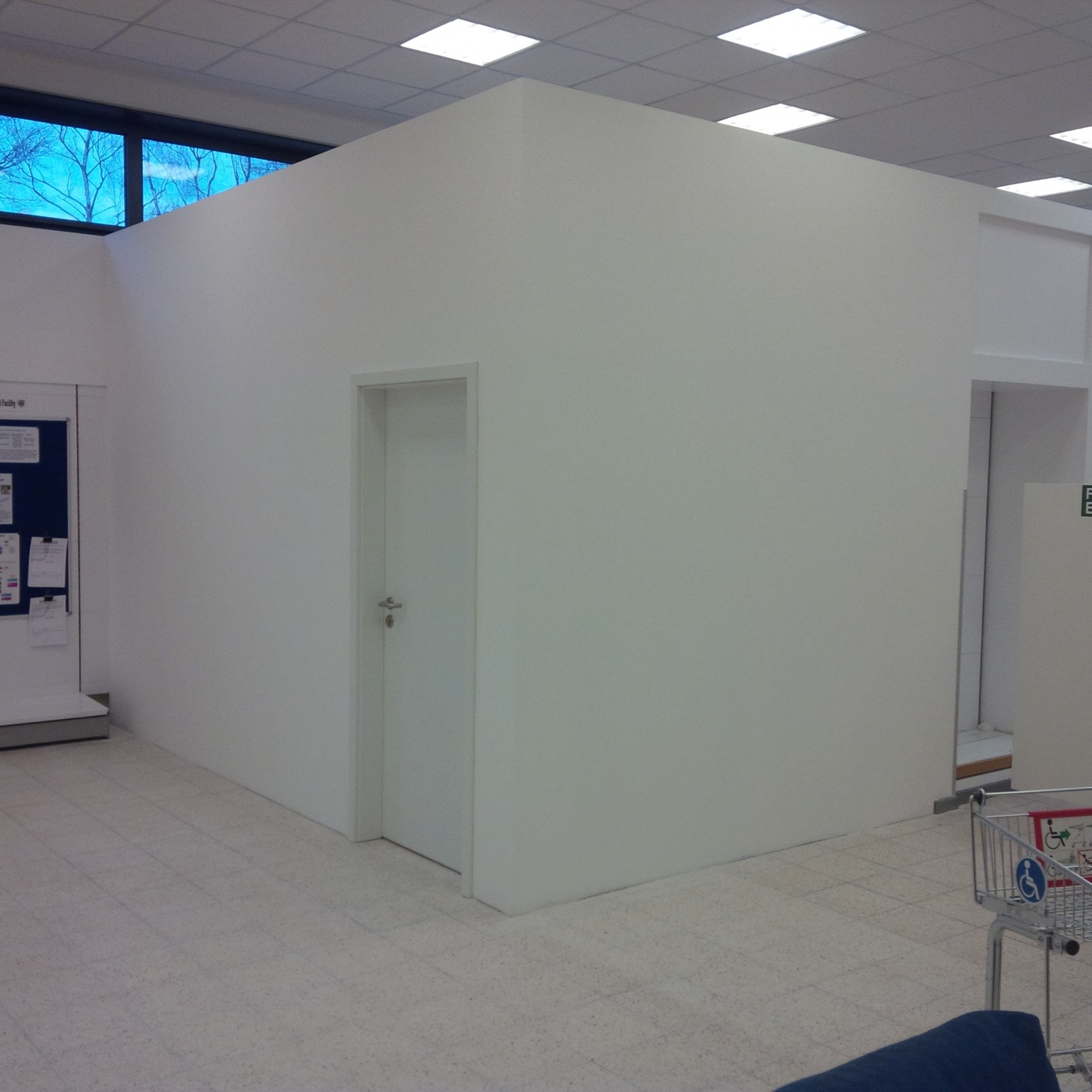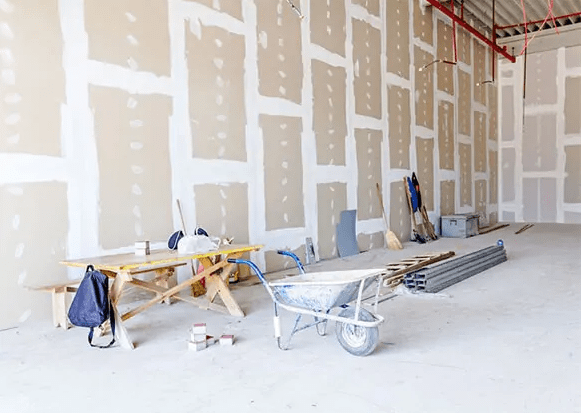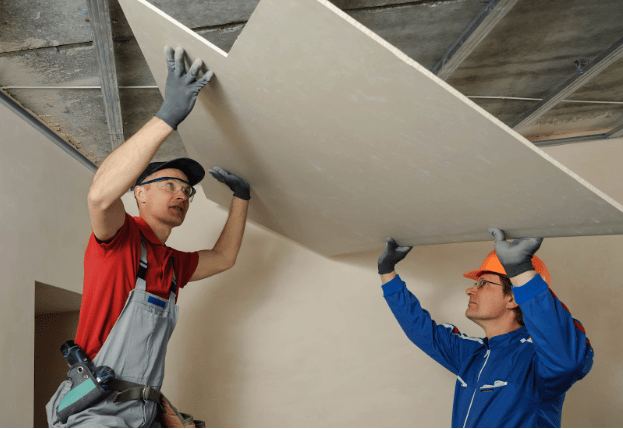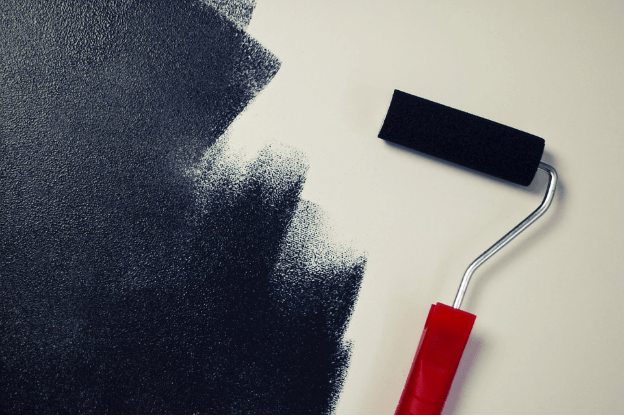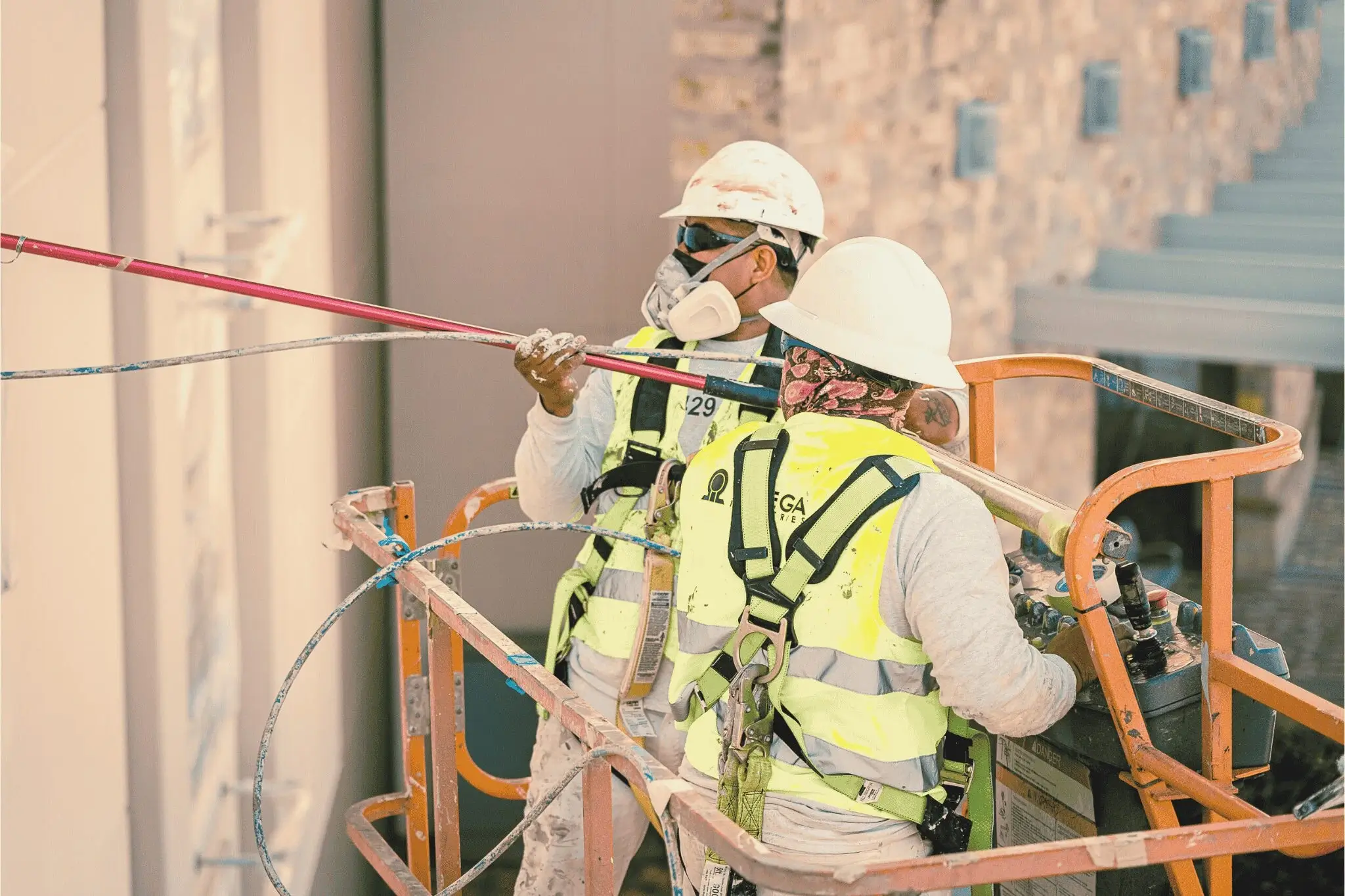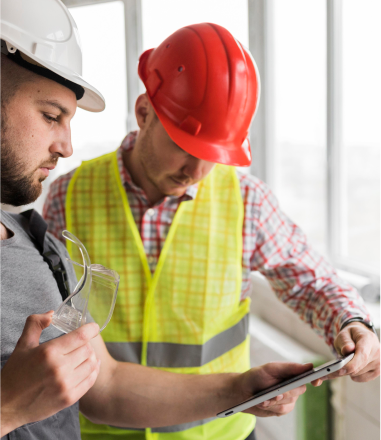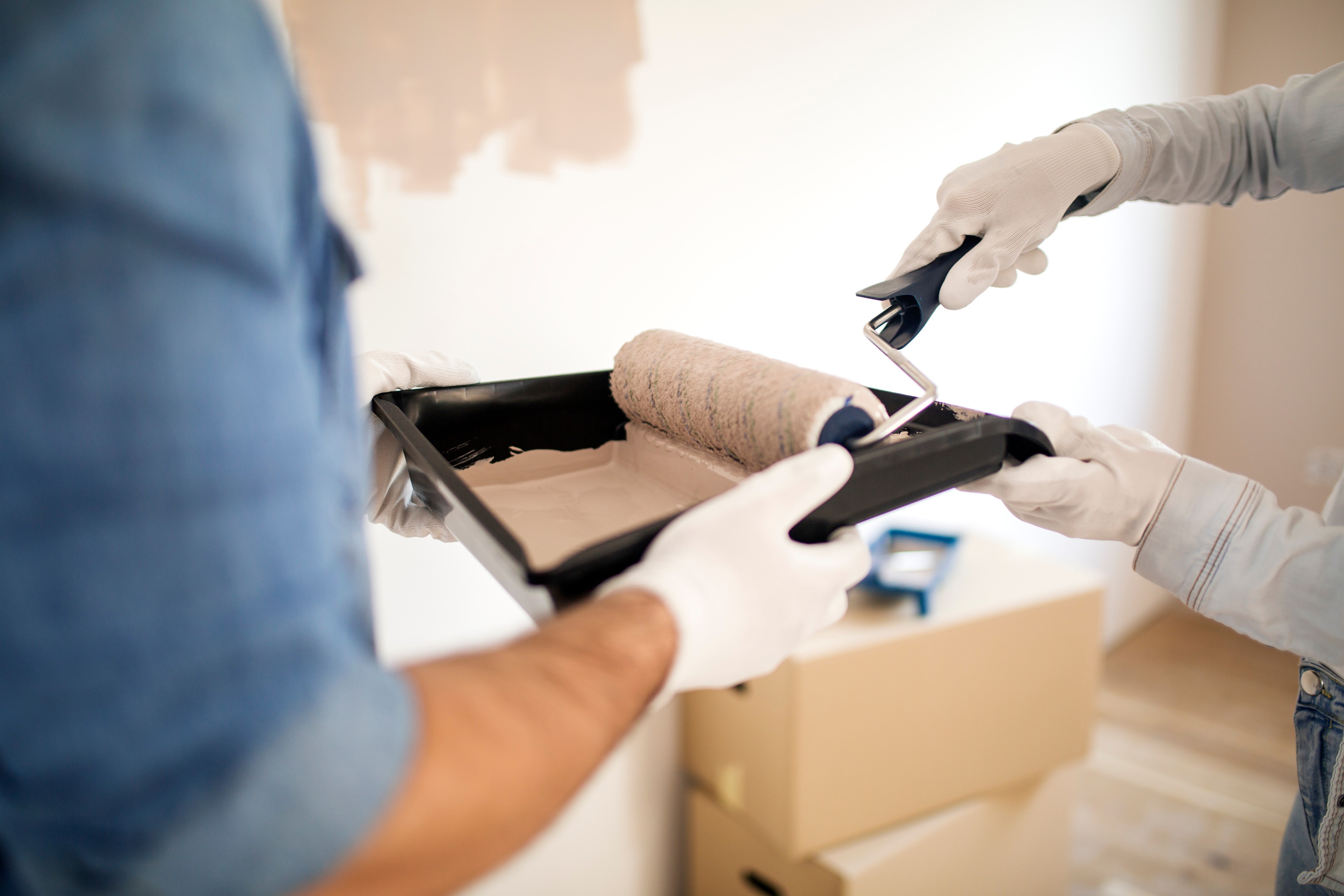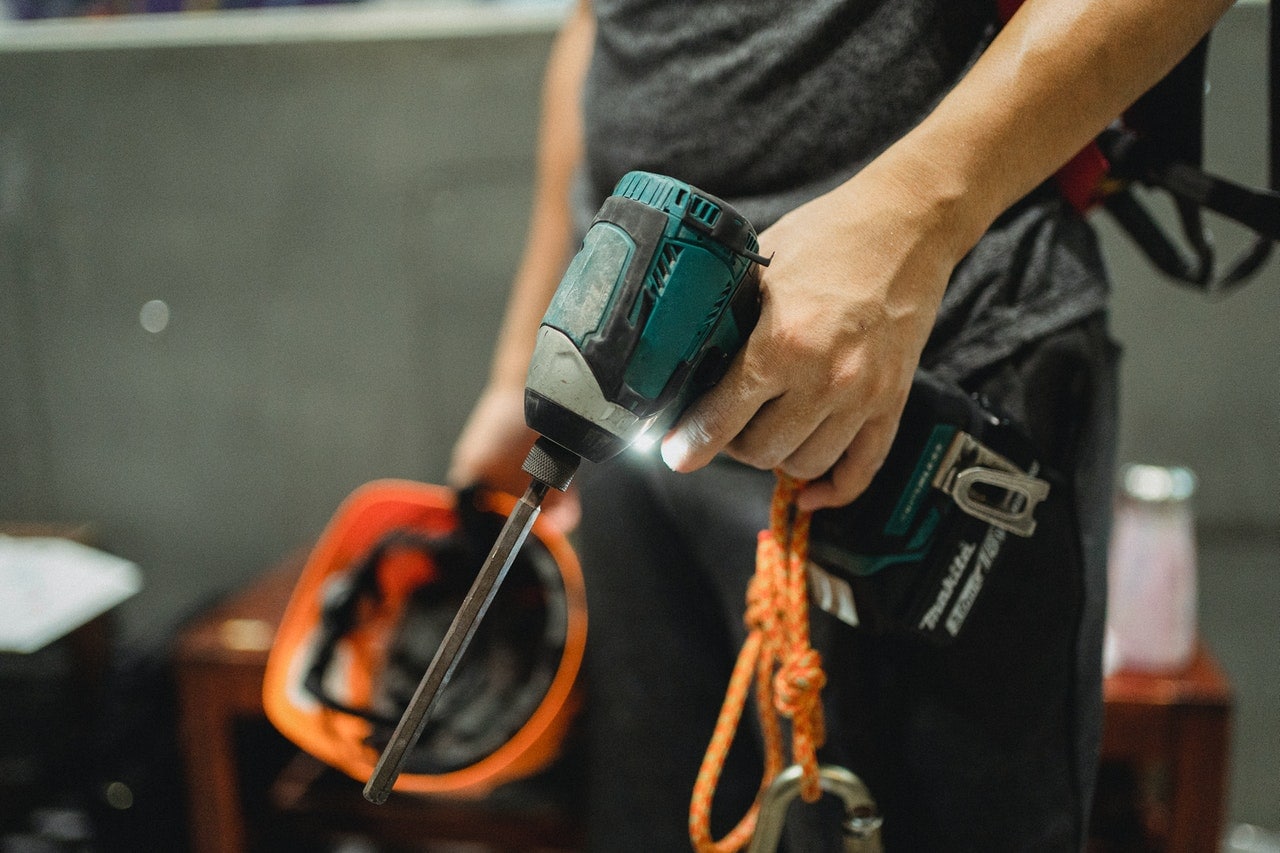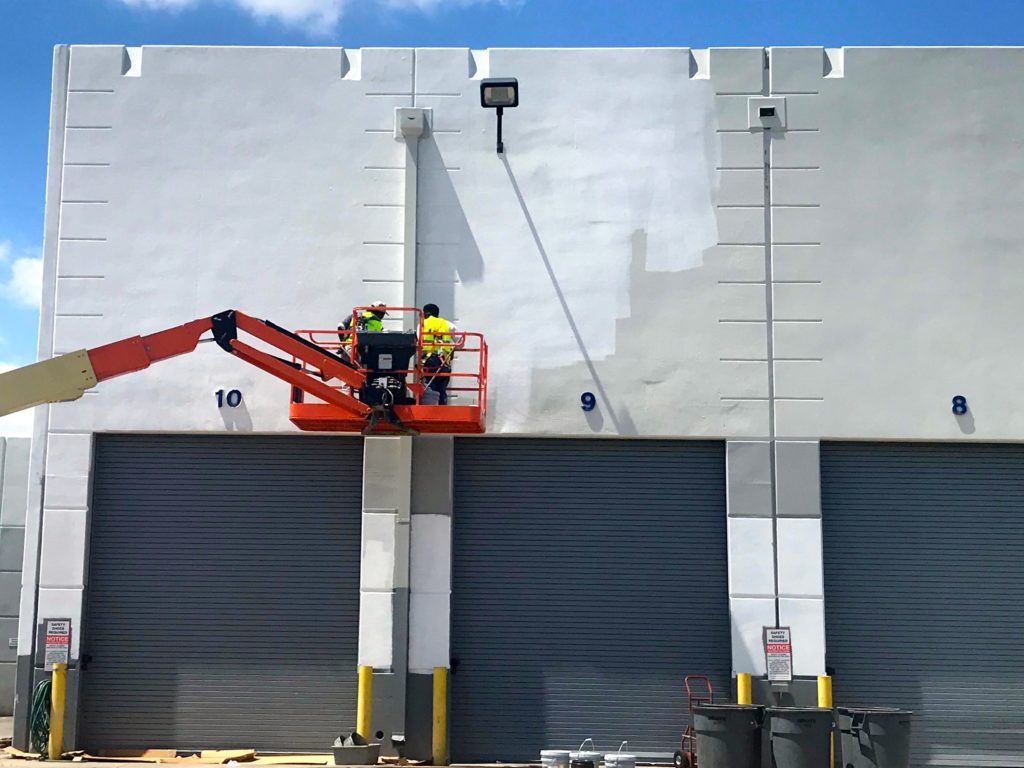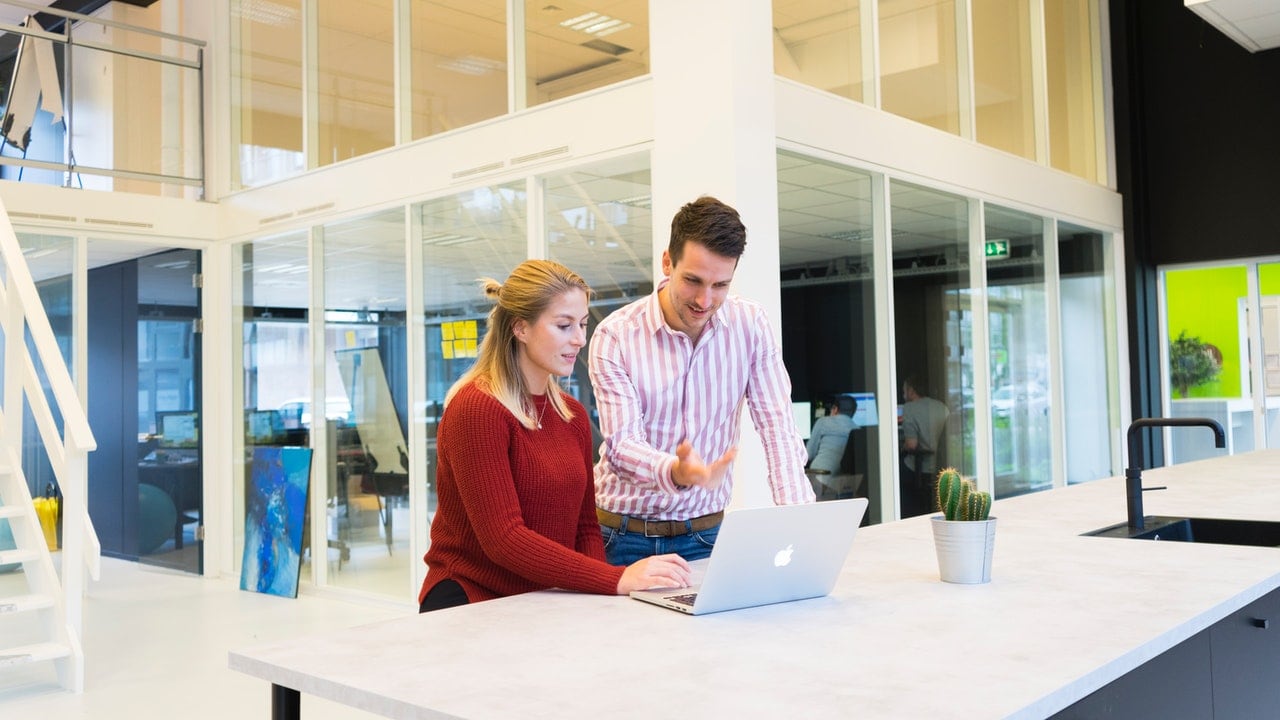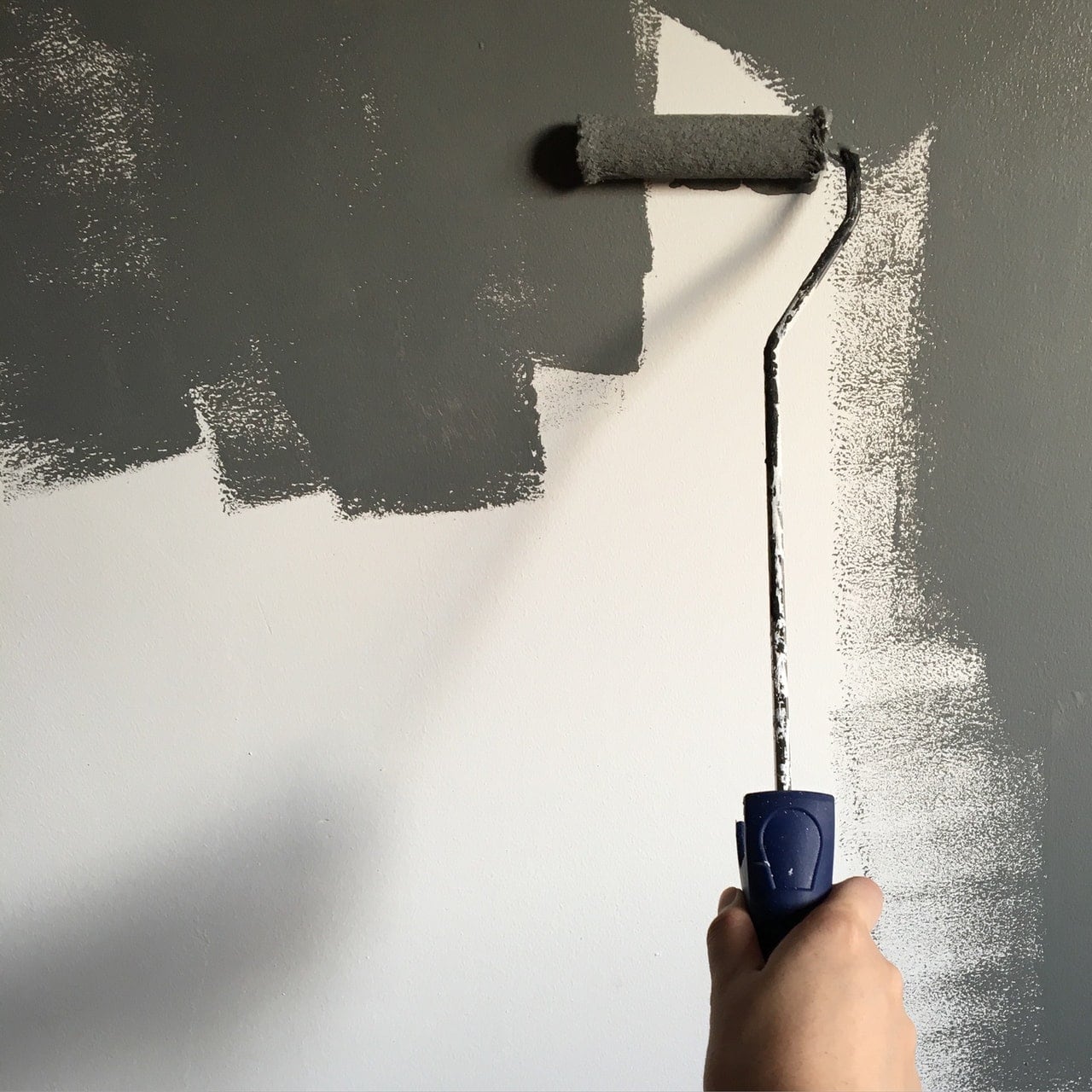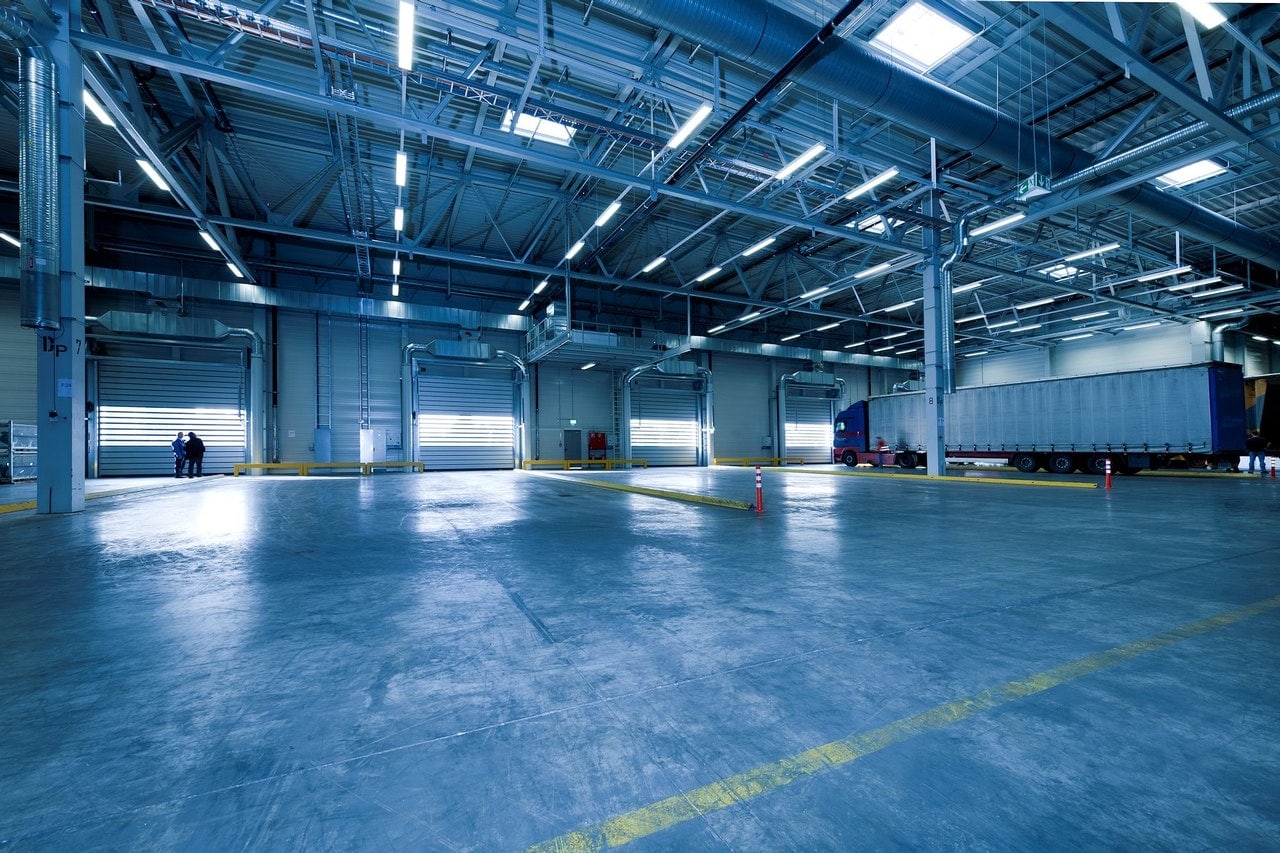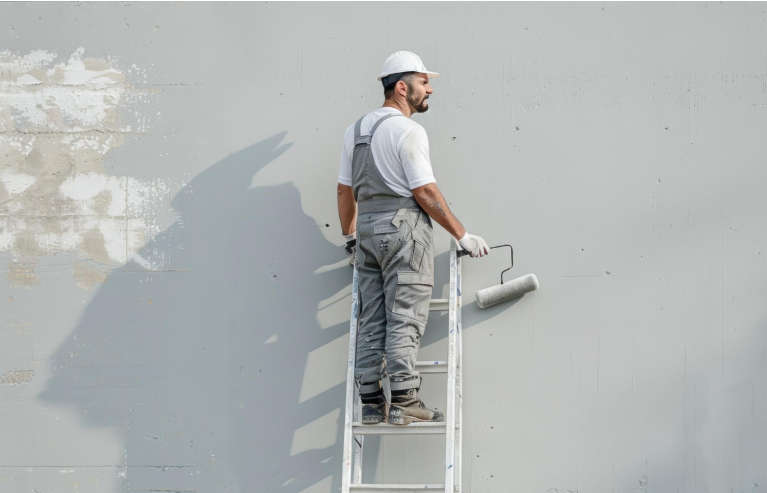Drywall or plasterboard is an extremely popular building material, and for good reason. The convenience and benefits make it a great choice. Plus, it’s budget-friendly and versatile.
Dry walling can be used in a wide variety of applications. It can be used to finish an entire basement or create barriers between rooms. It can also be used to cover an outdated ceiling to create a smooth, seamless look.
Adding drywall to exterior walls offers protection from the elements. It can help retain the controlled temperature of the room. Drywall can also reduce drafts from outside.
Drywall boards are dense so they reduce noise pollution. They can block sound from coming in from the outdoor environment. Drywall is also helpful in preventing sound from echoing or being carried from room to room.
Its fire-resistance is one of the best benefits of installing drywall. It’s naturally resistant to flames and can slow a fire from spreading between rooms. There are boards available with added materials that make them even more fire-resistant.
Are you located in an area of high humidity? Drywall can help absorb and moisture that gets trapped in between walls. This offers a significant reduction in the presence of mold and mildew.
Drywall is durable, but it’s also easy to repair. Small kicks and scratches can easily be repaired with some simple materials. Large areas of damage are also an easy fix. A drywall installer is skilled at replacing just the board needed while avoiding disrupting the rest of the wall.
Finally, adding drywall just looks great. It can hide unsightly wires and utility lines. It also offers a smooth, polished look that can be finished in an endless variety of ways.
